Summary
The area also offers a variety of activities for non-fishing enthusiasts, such as hiking, camping, and wildlife viewing.
Trout fishing is particularly popular in the Highland Lakes. Anglers can expect to catch rainbow, brown, and brook trout, with rainbow trout being the most prevalent. Bass fishing is also a popular activity, with both largemouth and smallmouth bass present in the area. Catfish can be caught throughout the year, but are most active during the summer months.
To increase chances of catching fish, anglers should try using lures that imitate the natural food sources of the fish, such as small jigs or worms for trout, and topwater lures for bass. Live bait, such as nightcrawlers and minnows, can also be effective.
The best time to visit the Highland Lakes for fishing is typically between late spring and early fall, with the average temperature ranging from 70-80°F. During the summer, anglers may want to fish early in the morning or later in the evening when the water is cooler, as fish tend to be more active during these times.
Aside from fishing, the Highland Lakes also offer a variety of activities for visitors. Hiking trails can be found throughout the area, offering scenic views of the surrounding mountains and wildlife. Camping is also available in the nearby national forests, with several campgrounds located within a short drive of the lakes.
Weather Forecast
Nearby Streamflow Levels
Angling Safety Guidelines
Check local fishing rules, seasons, size limits, and license requirements to ensure legal and sustainable angling.
Handle Fish Responsibly
Use wet hands, minimize air exposure, and release fish gently to improve survival rates when practicing catch-and-release.
Choose the Right Gear
Match your rod, line, and tackle to the species and conditions to increase success and reduce unnecessary harm to fish.
Respect the Waterway
Avoid disturbing habitat, prevent bank erosion, and keep a safe distance from spawning areas to protect ecosystems.
Keep It Clean
Pack out all line, hooks, bait containers, and trash—discarded gear can injure wildlife and degrade waterways.
Related Links
Area Campgrounds
| Location | Reservations | Toilets |
|---|---|---|
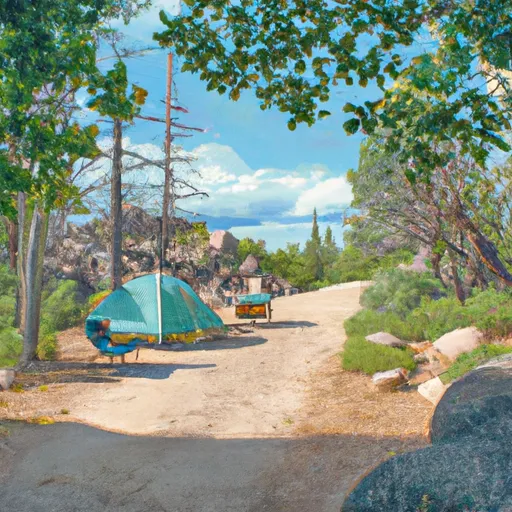 Highland Lakes Campground
Highland Lakes Campground
|
||
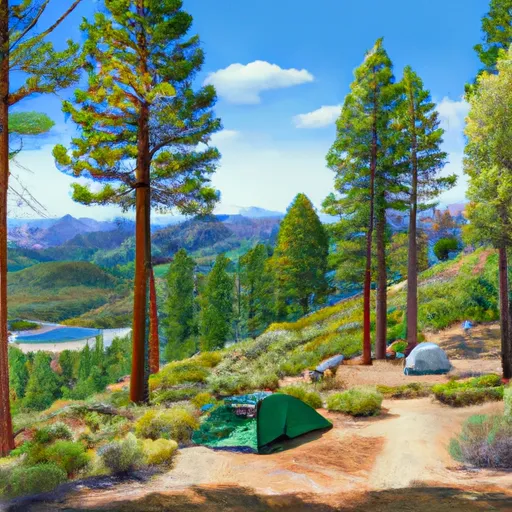 Highland Lakes
Highland Lakes
|
||
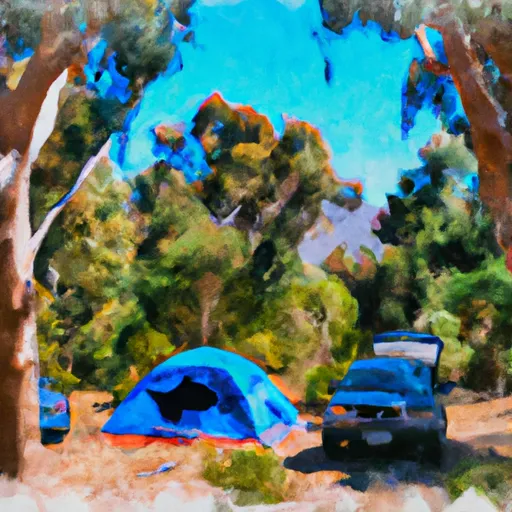 Bloomfield 2
Bloomfield 2
|
||
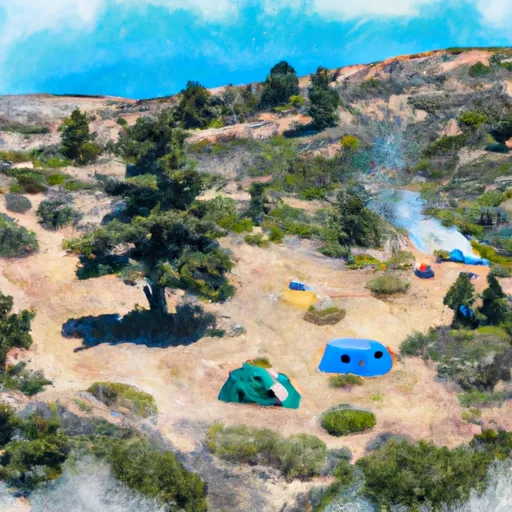 Bloomfield I
Bloomfield I
|
||
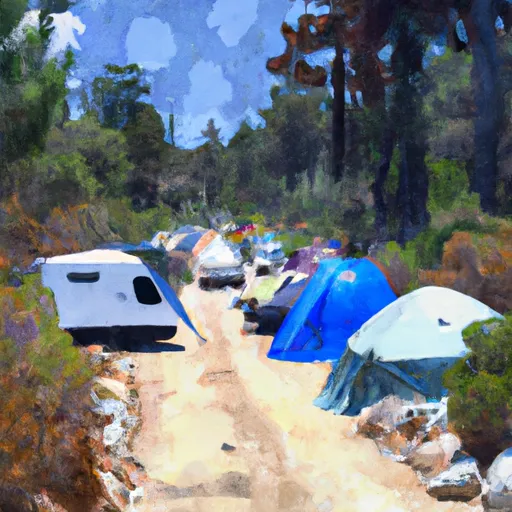 Bloomfield Campground
Bloomfield Campground
|
||
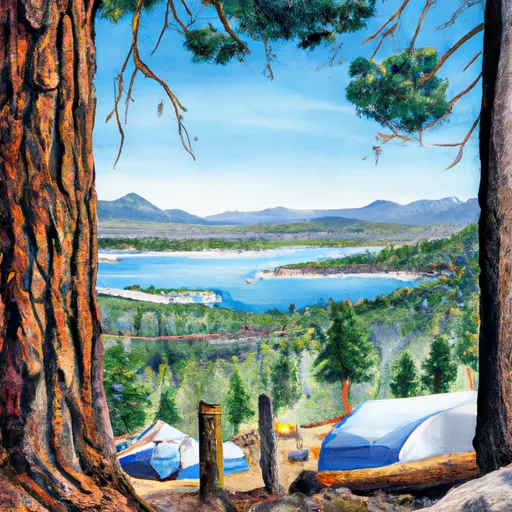 Sherrold Lake
Sherrold Lake
|

 Lower Blue Lake
Lower Blue Lake
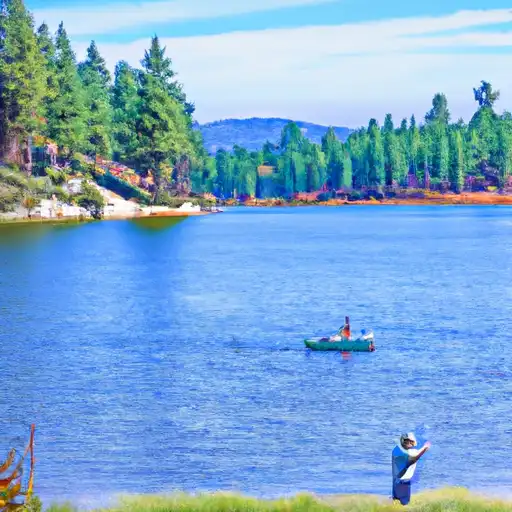 Evergreen Lake
Evergreen Lake
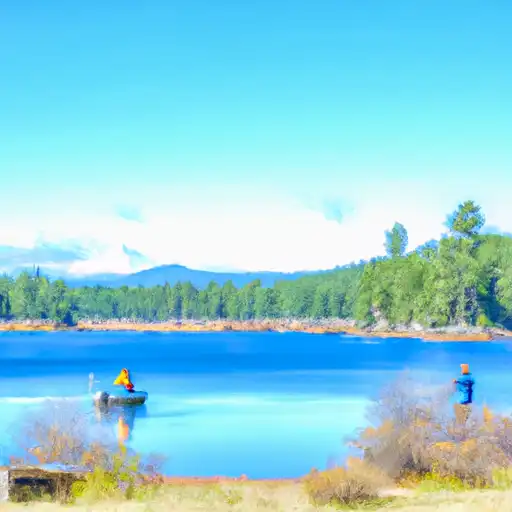 Blue Lakes
Blue Lakes
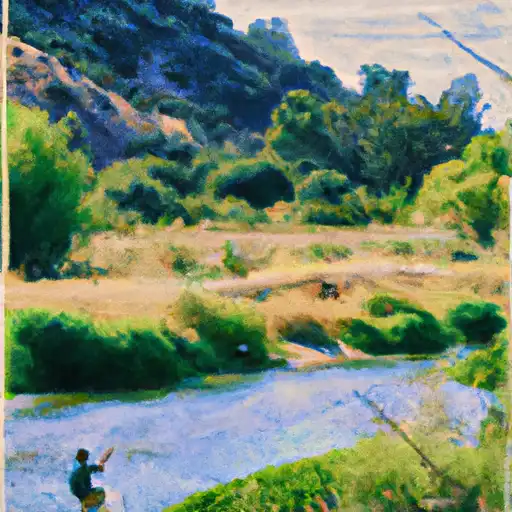 Hobart Creek
Hobart Creek

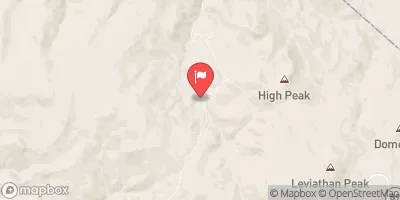

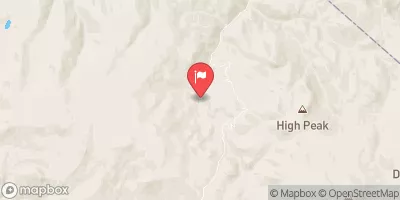

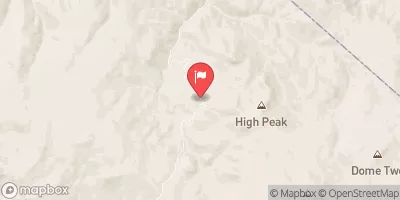
 Kinney Meadows
Kinney Meadows